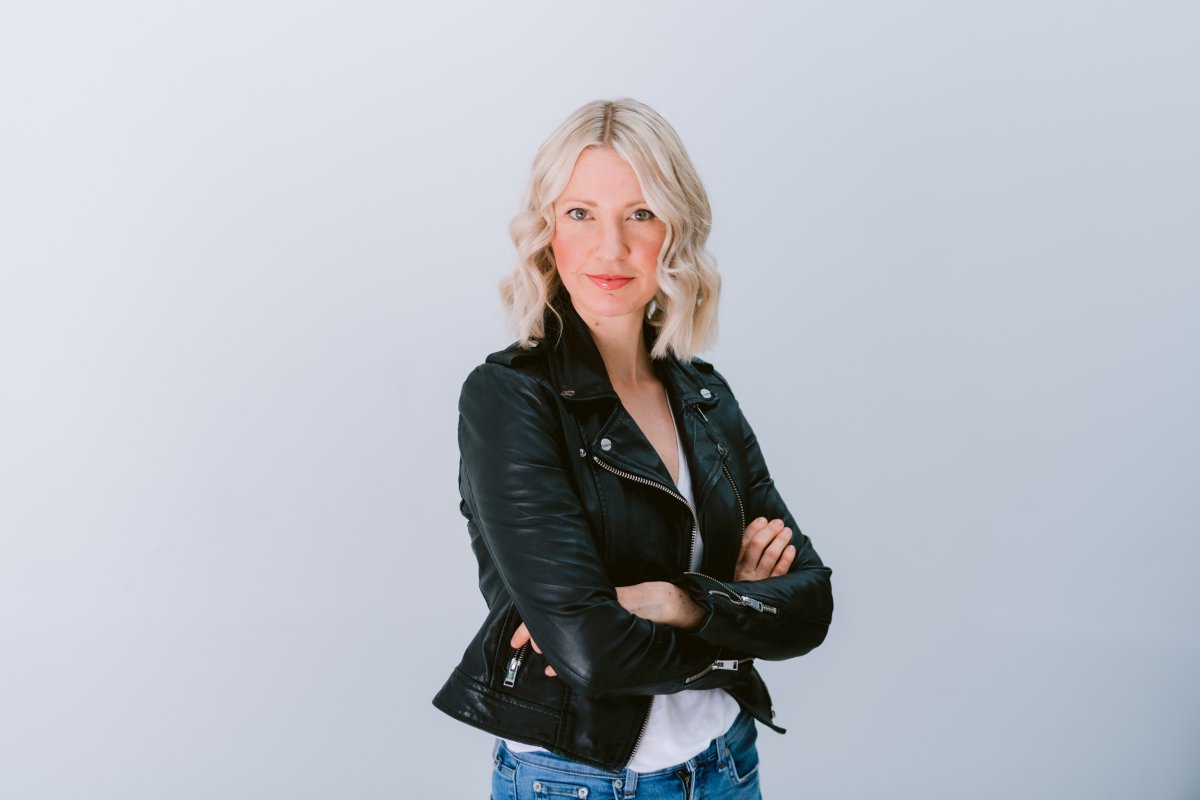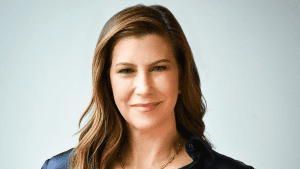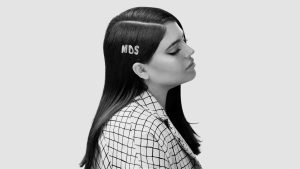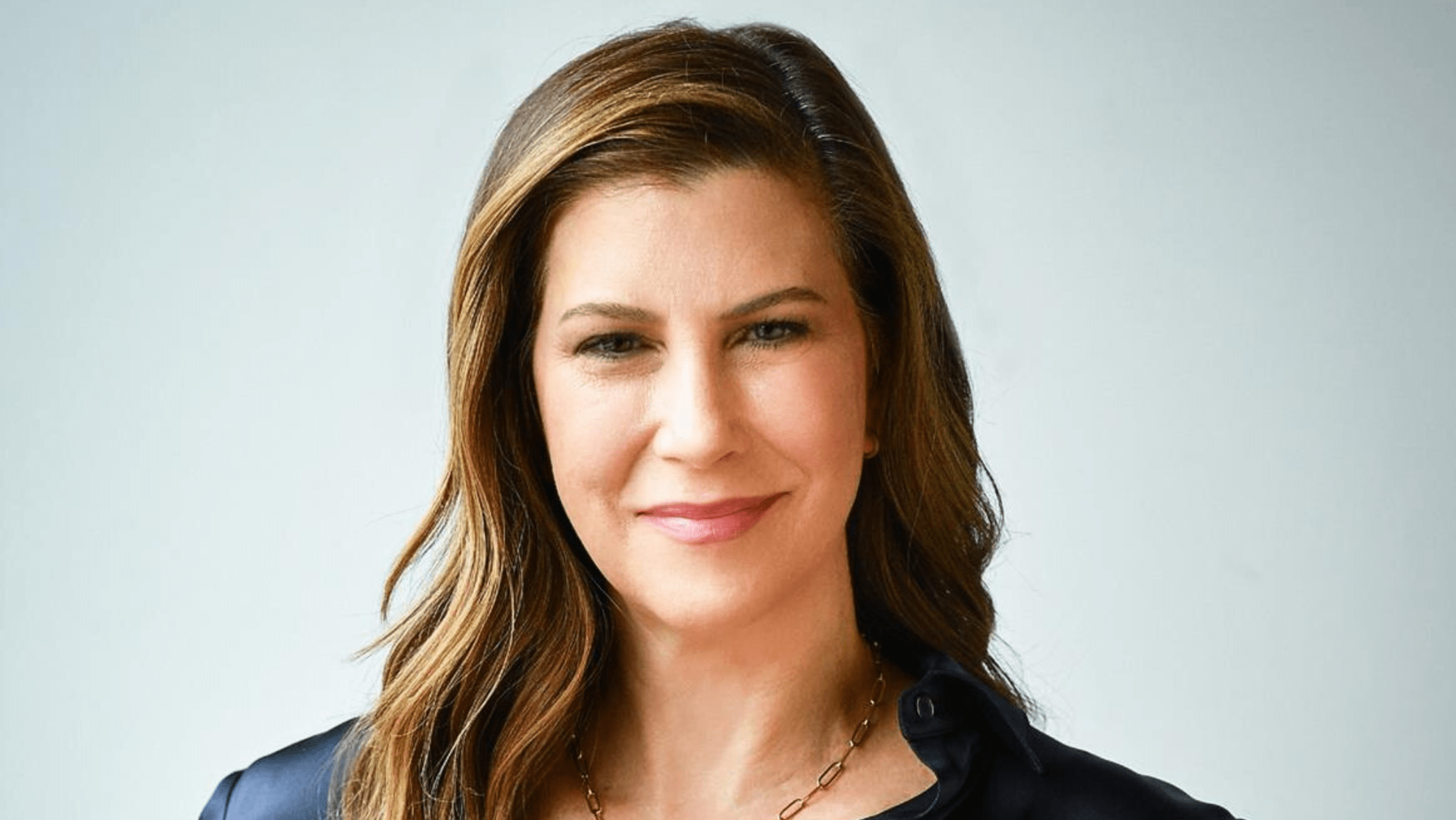Abbey Sharp, Founder of Abbey’s Kitchen has somehow made food and science, sassy in the most appetizing of ways. Sharp made a name for herself by defying stereotypes around food and diets, using sass and facts as her packaging.
It all started with her blog, Abbey’s Kitchen, and slowly made the move to Youtube. Through trial and error, she soon realized that the recipe for success with a YouTube audience would require a different strategy. That’s when she cooked up something viral.
“It took a few years before I created a video with a format where I received another content creator’s ‘What I Eat in a Day’ video,” Sharp says, “This video went viral and that format became my bread and butter.”
Now, Abbey’s Kitchen is a popular name on Youtube, Tik Tok, and Instagram. Tailoring each platform to its audience, Sharp’s Instagram fanbase has grown to 127,000 followers while her Youtube is over 423,000 subscribers. With that many people watching, she paved the way for her expertise as a registered dietitian and food lover to have a real influence on the food industry.
Immersing herself in her role as an influencer, Sharp knows how to tailor her content to make it evidence-based while never failing to give her audience a good laugh.
“I think it’s hard when you are a legitimate professional because I am all about evidence-based content, but let’s be real – science isn’t always super sexy,” says Sharp.
In order to keep those hard facts while engaging her followers, Sharp has added some fun to her content by throwing in gifs, comedic content, and a good layer of sass. As a result, she drifted from only food-related content on her socials to a nutrition myth-busters angle which has seems to be a fan favourite in engaging her audience- Hence her motto: Science and Sass.
“Youtube has provided me with an opportunity to be uniquely me. To be sassy and science-minded with my no BS-attitude,” says Sharp.
Funny and sassy, yet considerate and resourceful. Sharp starts her videos on Youtube with a warning about the topics she might discuss, as food isn’t always an easy topic.
As a new mom, she has also been adding a maternal twist to her blog content which has opened her up to a new community— and skyrocketed her numbers.
For the latest feature of our Influencer Series, Bay Street Bull spoke with Abbey Sharp about her journey to becoming an influencer while breaking down food myths and unhealthy diets.
[vc_row][vc_column][vc_text_separator title=”Q&A” color=”purple” border_width=”3″][/vc_column][/vc_row][vc_row][vc_column][vc_column_text]
When did you start vlogging, and why?
I started my YouTube channel in 2011 (waahhhh) as an extension of my blog, Abbey’s Kitchen. At the time, I knew nothing about YouTube, and this wasn’t a big part of my business. I filmed a few videos, and then put YouTube on pause for several years. Later, I picked it back up as broadcast TV started changing and content was moving online. But since I have training and experience in TV and acting, I felt confident that I had the skills to share information I was already successfully sharing on my blog in a more visual way.
Did you have difficulties in building your audience? If so, what helped you power through to continue to create content?
I had a strong following on my blog, but I quickly learned that the people who read my blog are generally not the same people who were watching my YouTube videos, so I needed a separate strategy for video content. It took a few years before I created a video with a format where I reviewed another content creator’s “What I Eat in a Day” video. This video went viral and that format became my bread and butter.
As your presence on social media is rapidly growing, how do you balance creating content for yourself versus curating content based on your audience’s desires?
It’s really hard. I need to enjoy what I’m doing in order to continue doing it (because it’s a lot of work and welcoming so much criticism is emotionally taxing), but I also don’t want to put time and money into content only for it to flop. So, I do survey my audience, and I find the content they ask for tends to be the best performing. I just make sure that I am also excited about the topics.
How does growing your brand across different social media platforms differ from each other?
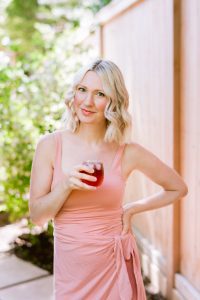

It’s definitely different because I find my audiences are different, and as much as I try to streamline, I do find that due to algorithms and other SEO-related factors I can’t control, I still do have to create content specifically for each platform. The best performing content on my blog seems to be mom, baby, fertility, and pregnancy-related – so a lot of food content and nutrition/wellness content related to children, babies, and fertility. My YouTube channel and TikTok are largely sassy nutrition myth-busting. And my Instagram used to be almost completely food-related, but as my YouTube channel now slowly edges out my blog as my “primary platform,” we have since shifted to reflect the more nutrition myth-busting angle and that seems to be performing really well for me. We will likely see the blog move in that direction as well.
Which platform do you feel the most comfortable using and that helped you grow the most, and why?
Definitely YouTube. YouTube has provided me with an opportunity to be uniquely me. To be sassy and science-minded with my no-BS attitude. YouTube also has allowed me to grow more as a personality because people actually see and hear my voice, rather than just reading words on a page.
How do you tailor and present your content to your audience in a way that is engaging and helps you break the stereotypes around food?
I think it’s hard when you are a legitimate professional because I am all about evidence-based content, but let’s be real – science isn’t always super sexy. So, in order to compete with the sensationalized woo out there, you have to make it a little sensational (while still serving up the truth). That means throwing in some fun gifs, comedic content, dramatic thumbnails and titles, and just generally serving up sass.
What are some of the biggest myths about diets and foods that you have been avidly trying to break down?
Gosh, there are too many to name. I think one that I’m sick of is that drinking lemon water will reduce bloating, alkalinize the body or improve digestion. Lemons make water taste good. They contribute a little vitamin C. That’s pretty much it. There’s nothing magical about lemon water.
Another is that women should be eating 1,200 calories a day. 1,200 calories are NOT enough calories. My 3-year-old toddler needs 1,200 calories, as does my doodle, Poppy. That amount is not enough to sustain a human adult.
Where are you hoping to see Abbey’s Kitchen in the next couple of years?
We have a lot of fun things in the works. I’m launching a podcast shortly, along with a great merch line of products that I really love. I also have plans to develop my own food product and supplement lines.
Ultimately, what changes do you hope to make in the food industry in the long run? How do you plan on building your community to do it?
I would love to see food companies reject wellness culture and poke fun at it as part of their own marketing campaigns. We have seen some brands attempt to align themselves with body positivity (i.e., Special K) in their marketing campaigns, but I would love to see more brands celebrate the sensual properties of food more often and call out problematic diet culture marketing.


